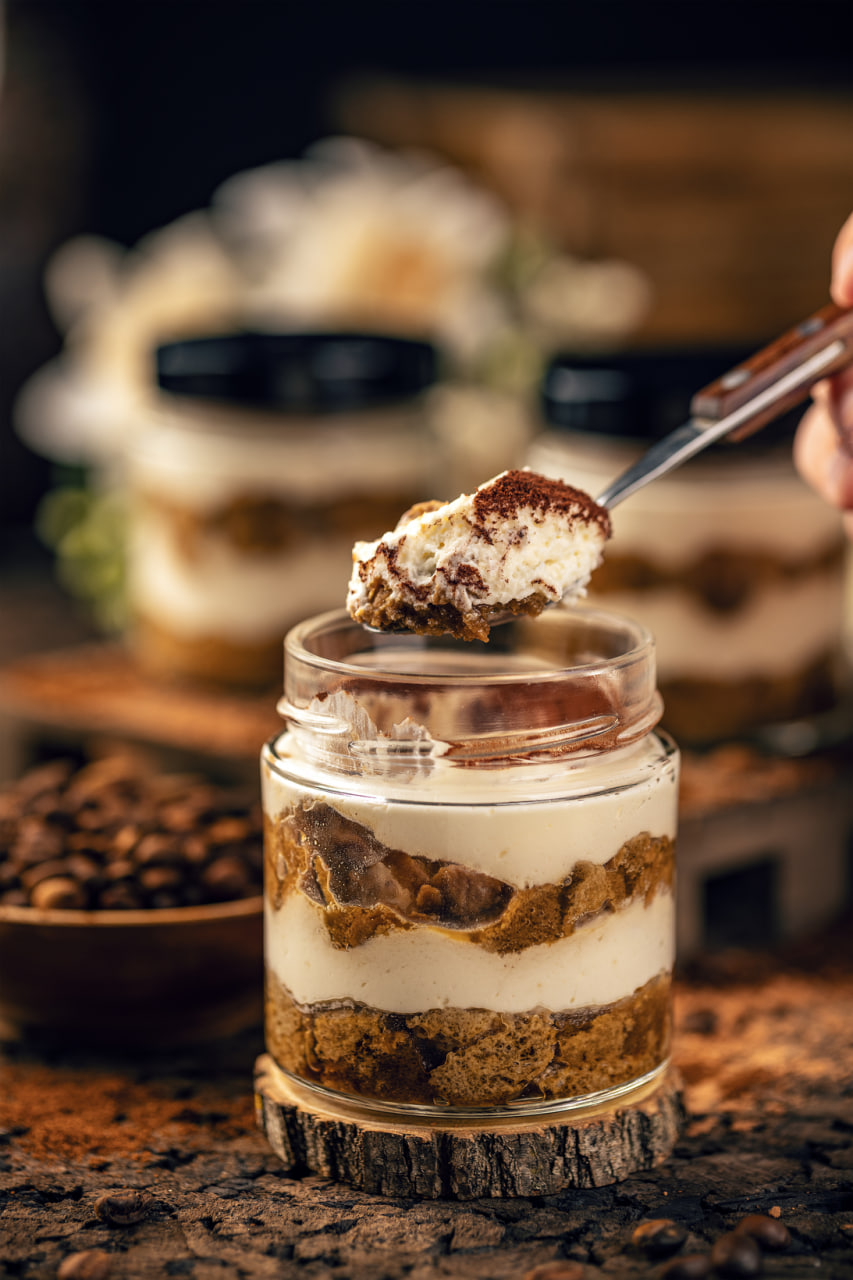No-bake desserts may feel like magic, but behind their creamy textures, firm crusts, and beautiful layers lies real food science. While traditional desserts often rely on heat to transform ingredients — think rising cakes, caramelizing sugars, or setting batters — no-bake treats use a different set of rules. The chemistry is just as fascinating, and understanding it can help you create better results every time.
So how exactly do these cool confections hold together, develop flavor, and achieve structure — all without going near an oven? Let’s break down the key scientific principles that make no-bake desserts not only possible, but incredibly effective.
Structure Without Baking: Binders and Setting Agents
One of the most important functions of baking is to create structure. In baked goods, heat causes proteins (like gluten or eggs) to firm up, and starches to gelatinize, turning a wet batter into a solid cake or crust. No-bake desserts achieve similar firmness using different ingredients that don’t require heat to work.
For example, cream cheese in cheesecakes provides structure through its dense, emulsified texture. When chilled, it holds its shape remarkably well. Whipped cream, when folded into mixtures, adds lightness while stabilizers like gelatin, agar-agar, or cornstarch help the mixture set when refrigerated. These agents work by forming a gel-like network that traps moisture and creates firmness without needing to be cooked.
Chilling is the key to setting. It slows down molecular movement, allowing fats to solidify and gelling agents to activate. That’s why refrigeration time is crucial in no-bake recipes — skipping it can leave you with a runny mess.
Flavor Development Without Heat
Cooking usually deepens and transforms flavor. Think browned butter, roasted fruit, or caramelized sugar. No-bake desserts, on the other hand, preserve freshness and rely on natural ingredient pairings to create harmony. Because the ingredients aren’t exposed to high temperatures, their original flavors remain intact and vivid.
Citrus juices, fresh fruits, nut butters, and extracts (like vanilla or almond) become more noticeable in cold desserts. Since there’s no browning or chemical reaction to alter them, their brightness and clarity shine through. Spices like cinnamon or cardamom often bloom better if first mixed with fats or liquids, which helps draw out their aromatic compounds even without heat.
Sweeteners also play a different role. Granulated sugar might not dissolve well without warmth, so recipes often call for powdered sugar, honey, or syrups that blend smoothly into cold mixtures. The sweetness must be carefully balanced, as cold temperatures dull our perception of sweet flavors — a cold dessert may need slightly more sugar than a baked counterpart to achieve the same taste.
The Role of Texture and Temperature
Texture is crucial in no-bake desserts. Without the crumb of baked cake or the crunch of a crust browned in the oven, no-bake recipes rely on layering, contrast, and mouthfeel.
Crushed cookies or nuts serve as crusts by binding with melted butter or coconut oil, which firms up in the fridge to create a satisfying crunch. Creamy fillings are often whipped or folded to incorporate air and softness. Adding layers — crunchy base, smooth center, fruity or glossy topping — creates a dynamic eating experience even in the absence of baking.
Temperature itself also becomes a sensory element. A chilled mousse or parfait offers a refreshing coolness, while the firmness of a cold cheesecake gives it elegance and density. No-bake desserts are often lighter on the palate and digest more quickly, making them ideal for warm weather or after a heavy meal.
The Importance of Precision and Rest Time
Because no-bake desserts rely so much on chemical structure and temperature, precision becomes even more important. Unlike baking, where small mistakes can sometimes be masked by rising or browning, no-bake creations reveal imbalances quickly — a too-soft crust, an unset filling, or separated layers.
Measurements, refrigeration time, and mixing technique are everything. For example, over-whipping cream can make it grainy instead of airy. Not allowing enough chill time can prevent gelatin from fully setting. Rushing these steps often leads to disappointment, so patience is essential.
Once assembled, many no-bake desserts benefit from resting overnight. This time allows flavors to meld and textures to stabilize. The result is often a more unified and satisfying dessert.
A Different Kind of Kitchen Alchemy
No-bake desserts might not rely on the Maillard reaction or gluten development, but they’re just as rich in science and technique. They tap into a different skill set — one that emphasizes temperature control, ingredient interaction, and patience over heat.
By understanding what makes these desserts work, you’ll gain more control over your creations and feel confident to experiment. Swap dairy for plant-based creams, use agar instead of gelatin, or try a new nut crust. Once you grasp the science, no-bake desserts become a playground of possibilities.
Whether you’re crafting a silky mousse, a vibrant fruit tart, or a minimalist chocolate bar, you’re engaging with food science — just on cooler terms.

